More about Worcester Art Museum
Works at Worcester Art Museum

Sr. Contributor
If you’re looking for an art museum with an exciting name, look no further than the Worcester Art Museum – also known as WAM.
WAM’s really got it all: a great name, a beautiful building, a comprehensive collection, and some drama inlaid with its institutional history. What more could you want from an art museum? In 1896, Stephen Salisbury III, a Worcester business owner and resident wealthy man, helped to found the museum with fifty other prominent citizens of the city, and the museum opened to the public two years later.
Despite some shady dealings in his earlier life, like purchasing a substitute to serve in his place during the Civil War, Salisbury helped to secure the museum’s success. After his death in 1905, he left his collection of American art to the museum, which included works by prominent artists such as Chester Harding and Gilbert Stuart. In addition to a strong foundation of art objects, he also left $3 million, which allowed the museum to acquire many works in its early years.
Surprisingly, WAM has always been at the forefront of progressive art museum practice. In 1904, WAM became one of the first museums to collect and exhibit photographs as fine art. I might add that this was decades before the Museum of Modern Art was even a twinkle in anyone’s eye. Just six years later, WAM solidified itself by being the first museum in the United States to acquire a painting by Monet. Not too shabby.
The Worcester Art Museum made the news again in the 1970s when an organized art-theft ring stole $1 million worth of art from the museum on May 17, 1972. The thieves pilfered two works by Gauguin, a Picasso, and a work that had been previously attributed to Rembrandt. While staging the armed robbery, the thieves shot one of the museum security guards on duty that evening. Luckily, the guard survived, and authorities recovered the paintings on a pig farm in Rhode Island and promptly returned them to the museum. However, the works did not return entirely intact. The thieves threw the Rembrandt’s original frame into Worcester’s Blackstone River because it was too heavy and weighed them down. Producers are supposedly in the works for a movie about this bizarre story. The once-stolen Rembrandt also makes an appearance in the 2013 movie American Hustle.
Today, the museum continues to showcase its permanent collection and put on a wide range of temporary shows. Oh, and they also do live arms and armor demonstrations, so definitely check that out.
Sources
- American Antiquarian Society. “Stephen Salisbury III.” Inventories. Bios. https://www.americanantiquarian.org/Inventories/Portraits/bios/102.pdf. Accessed February 18, 2019.
- Brigham, David R., Laura K. Mills, and Philip Klausmeyer. “Introduction.” Early American Paintings in the Worcester Art Museum. Worcester Art Museum. https://www.worcesterart.org/collection/Early_American/. Accessed February 18, 2019.
- Juul, Matt. “Movie in the Works About 1972 Worcester Art Museum Heist.” Boston Magazine. July 26, 2016. https://www.bostonmagazine.com/arts-entertainment/2016/07/26/worcester-…. Accessed February 18, 2019.
- Rosenbaum, Lee. “Worcester Art Museum’s ‘Fake’ Rembrandt: “American Hustle” Cons the Audience UPDATED.” CultureGrrrl. December 25, 2013. https://www.artsjournal.com/culturegrrl/2013/12/worcester-art-museums-f…
- Worcester Art Museum. “[remastered].” Exhibitions. https://www.worcesterart.org/exhibitions/remastered/saint-bartholomew-r…. Accessed February 18, 2019.
- Worcester Art Museum. “A Brief Museum History.” Information. https://www.worcesterart.org/information/history.html. Accessed February 18, 2019.
- Worcester Art Museum. “About WAM.” Information. https://www.worcesterart.org/information/about_wam.htm. Accessed February 18, 2019.
Featured Content
Here is what Wikipedia says about Worcester Art Museum
The Worcester Art Museum (WAM) houses over 38,000 works of art dating from antiquity to the present day and representing cultures from all over the world. WAM opened in 1898 in Worcester, Massachusetts. Its holdings include Roman mosaics, European and American art, and a major collection of Japanese prints. Since acquiring the John Woodman Higgins Armory Collection in 2013, WAM is also home to the second largest collection of arms and armor in the Americas.
The museum houses collected architecture (the Chapter House, 1932), acquired paintings by Monet (1910) and Gauguin (1921), and presented photography as an art form (1904). The Worcester Art Museum also has a conservation lab and year-round studio art program for adults and youth.
Check out the full Wikipedia article about Worcester Art Museum

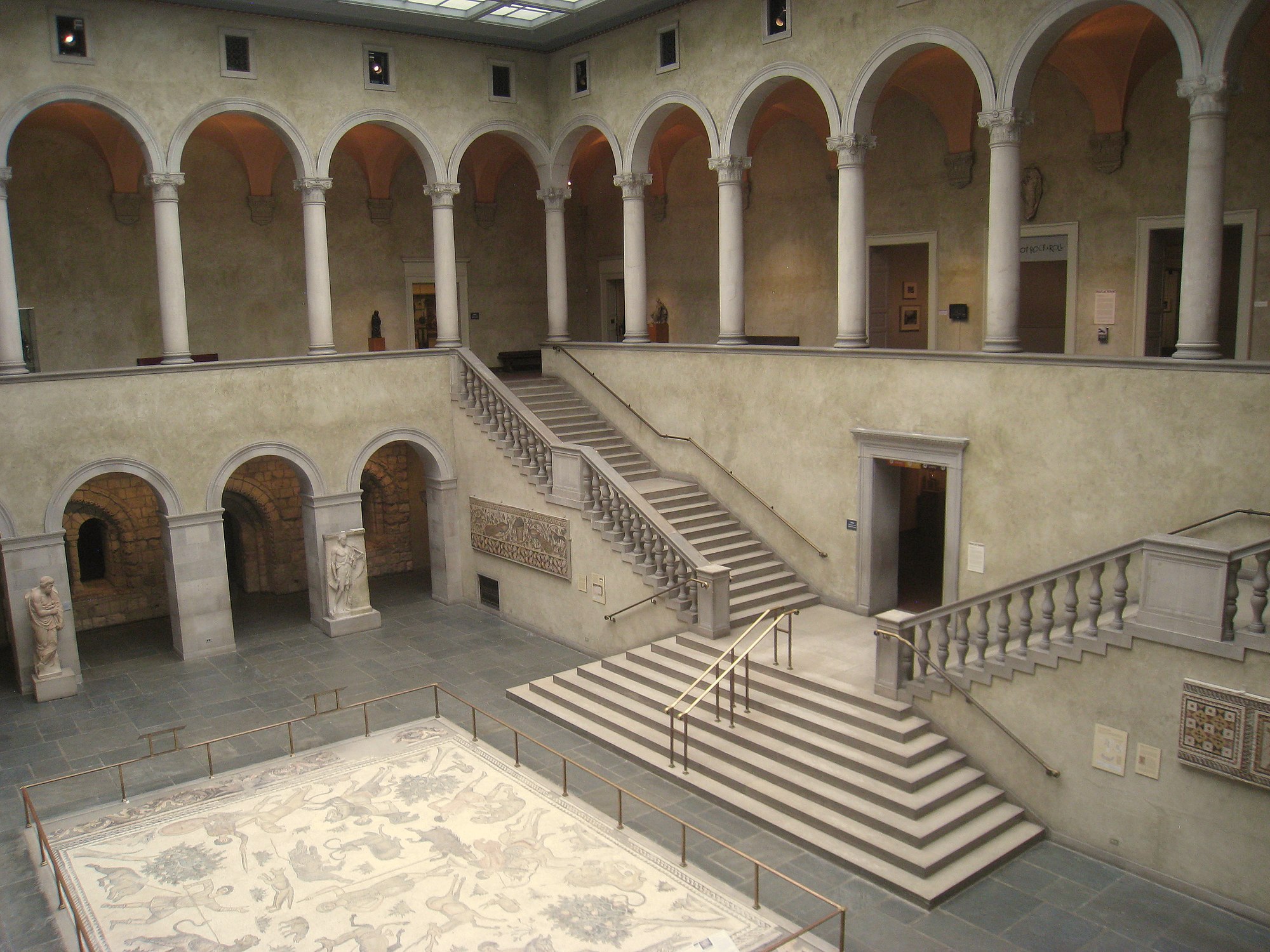
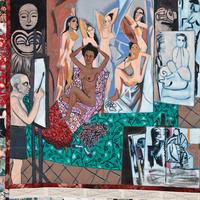

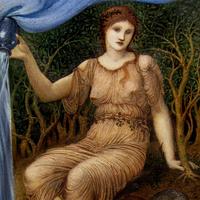
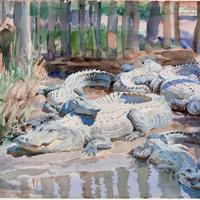
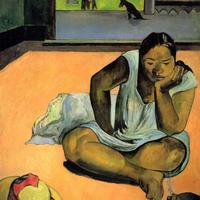









Great review of my local gallery - thanks Amanda!